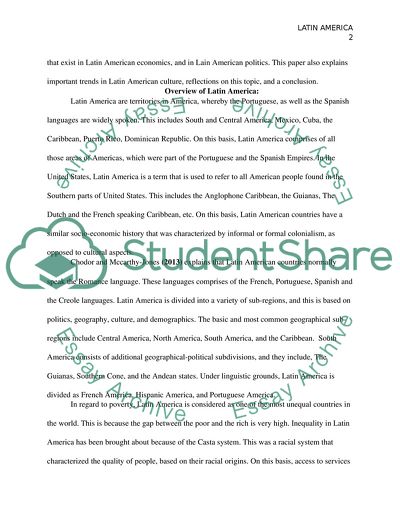Cite this document
(Latin America History and Politics Essay Example | Topics and Well Written Essays - 2250 words, n.d.)
Latin America History and Politics Essay Example | Topics and Well Written Essays - 2250 words. https://studentshare.org/history/1836350-latin-america-history-and-politics
Latin America History and Politics Essay Example | Topics and Well Written Essays - 2250 words. https://studentshare.org/history/1836350-latin-america-history-and-politics
(Latin America History and Politics Essay Example | Topics and Well Written Essays - 2250 Words)
Latin America History and Politics Essay Example | Topics and Well Written Essays - 2250 Words. https://studentshare.org/history/1836350-latin-america-history-and-politics.
Latin America History and Politics Essay Example | Topics and Well Written Essays - 2250 Words. https://studentshare.org/history/1836350-latin-america-history-and-politics.
“Latin America History and Politics Essay Example | Topics and Well Written Essays - 2250 Words”. https://studentshare.org/history/1836350-latin-america-history-and-politics.


